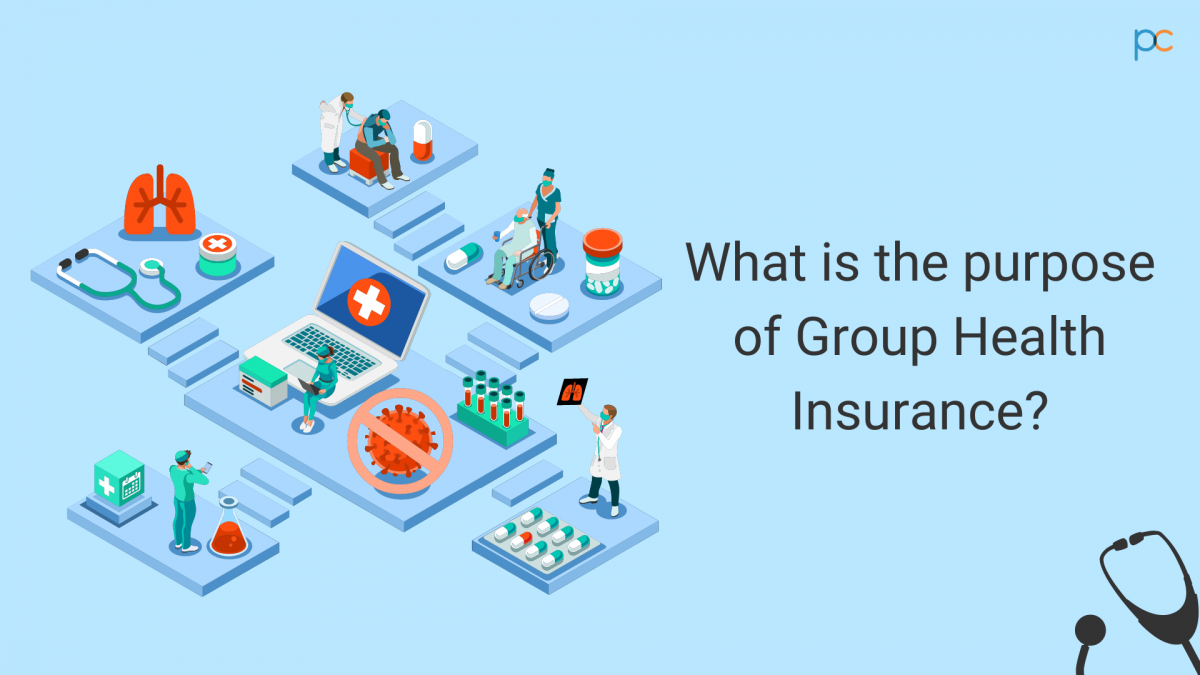Pacific Prime - The Facts

This decrease of virtually 2 million in the variety of individuals 'without insurance (a decrease of about 4 percent) is certainly a favorable change. With a softer economic situation in 2000 the most recent reported gains in insurance coverage might not continue (Fronstin, 2001) (global health insurance). The decline in the number of uninsured will not proceed if the economic situation continues to be slow-moving and wellness treatment expenses continue to exceed rising cost of living
This is due to the fact that the data were collected for a period of strong financial efficiency. Of the approximated 42 million people who were without insurance, almost regarding 420,000 (regarding 1 percent) were under 65 years of age, the age at which most Americans become eligible for Medicare; 32 million were grownups in between ages 18 and 65, around 19 percent of all grownups in this age group; and 10 million were youngsters under 18 years old, concerning 13.9 percent of all children (Mills, 2000).
These estimates of the number of individuals without insurance are generated from the annual March Supplement to the Present Population Study (CPS), performed by the Census Bureau. Unless otherwise kept in mind, national estimates of people without health insurance and proportions of the population with various sort of protection are based on the CPS, one of the most commonly used resource of estimates of insurance policy coverage and uninsurance rates.
The 15-Second Trick For Pacific Prime

Still, the CPS is particularly beneficial because it creates annual estimates relatively promptly, reporting the previous year's insurance policy protection approximates each September, and because it is the basis for a regular collection of estimates for greater than two decades, enabling for analysis of fads in coverage gradually. For these reasons, as well as the considerable use the CPS in other researches of insurance policy protection that exist in this record, we depend on CPS estimates, with constraints noted.

The price quote of the variety of without insurance people expands when a population's insurance policy standing is tracked for several years. Over a three-year period starting early in 1993, 72 million people, 29 percent of the united state populace, lacked insurance coverage for at the very least one month. Within a single year (1994 ), 53 million people experienced at the very least a month without protection (Bennefield, 1998a)
6 out of every ten without insurance grownups are themselves utilized. Functioning does enhance the likelihood that one and one's family members will have insurance coverage, it is not a guarantee. Also members of families with 2 full-time wage income earners have virtually a one-in-ten chance of being uninsured (9.1 percent uninsured price) (Hoffman and Pohl, 2000).
Pacific Prime - Truths
New immigrants account for a substantial percentage of people without medical insurance. One analysis has associated a substantial section of the current development in the dimension of the united state without insurance population to immigrants that showed up in the nation between 1994 and 1998 (Camarota and Edwards, 2000). Recent immigrants (those that came to the United States within the previous four years) do have a high price of being uninsured (46 percent), yet they and their youngsters make up just 6 percent of those without insurance policy nationally (Holahan et al., 2001).
The partnership in between wellness insurance coverage and access to care is well developed, as recorded later on in this phase. The connection between wellness insurance coverage and health outcomes is neither straight nor straightforward, a considerable medical and health and wellness services study literature web links health insurance policy coverage to improved accessibility to care, better high quality, and boosted individual and populace health status.
Levels of analysis for taking a look at the results of uninsurance. It concentrates particularly on those without any type of wellness insurance for any length of time.
Pacific Prime - Questions
The troubles encountered by the underinsured are in some respects comparable to those faced by the uninsured, although they are normally less extreme. group insurance plans. Uninsurance and underinsurance, however, involve distinctly various policy issues, and the approaches for addressing them may vary. Throughout this research study and the 5 records to adhere to, the major emphasis is on persons without any medical insurance and hence no support in spending for click reference health and wellness treatment past what is offered with charity and safeguard establishments
Health insurance policy is a powerful factor affecting receipt of treatment due to the fact that both clients and medical professionals reply to the out-of-pocket rate of services - https://www.intensedebate.com/profiles/pacificpr1me. Medical insurance, however, is neither essential nor adequate to get to clinical services. The independent and direct impact of health and wellness insurance policy protection on access to wellness solutions is well established.
Others will acquire the healthcare they require even without health insurance, by spending for it out of pocket or seeking it from companies who offer treatment complimentary or at extremely subsidized prices. For still others, medical insurance alone does not make certain receipt of treatment because of other nonfinancial barriers, such as a lack of health and wellness care suppliers in their neighborhood, restricted access to transportation, illiteracy, or etymological and cultural differences.
See This Report about Pacific Prime
Official research study regarding without insurance populations in the United States dates to the late 1920s and early 1930s when the Committee on the Price of Healthcare produced a series of records concerning financing medical professional office sees and hospital stays. This concern came to be significant as the numbers of clinically indigent climbed during the Great Depression.
Comments on “A Biased View of Pacific Prime”